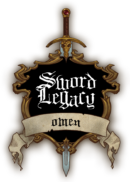
Developer: Firecast Studio, Fableware Narrative Design
Publisher: Team17
Platform: PC
Tested on: PC
Sword Legacy: Omen – Review
What is dark, musty, and smells of candles and blood? You probably have a ton of witty answers for this question, but in this case, only one is correct. Sword Legacy: Omen! Yay! Ten points to Gryffindor. Hone your skills and sharpen your knives, cause in Dystopian broken Brittania you will need them to survive the crazy events that take place in the game called Sword Legacy: Omen. Now gather at the campfire and listen to this story, but beware of the dangers lurking in the night.
Story
Sword Legacy: Omen finds itself in the same universe as the tales of Arthur and his knights, sometime before the legends of old their stories started. You play as sir Uthur, knight of Lord Leof and in love with his daughter Lady Igraine. Accompanied by Merlin the mage (a.k.a. the loyal companion and advisor in all of the Arthurian legends) he sets out to find Lady Igraine as she gets kidnapped during a brutal attack on Lord Leof and his court. On a path throughout a destroyed Brittania, you find new allies and foes as you try to uncover the mysteries of the violence that plagues your home as well as other parts. The story itself isn’t great, but it’s enough to give the characters an incentive to continue their journey. The same goes for the story you get on the side when allies talk to each other. Each character does have a bit of background, but they are hanging on the cliché and shallow side of the spectrum. It’s also the way everything gets delivered to you. The game has a certain rhythm, a predictive pattern that leaves little to surprise and basically makes you know when a piece of the story is coming. And mostly, these pieces are not important for the game anyway.
Graphics
The game has a neat little comic book style going on, which looks especially good in-game. The colors being used are rather vibrant for the darkness the game tries to emit, yet overall it’s a nice piece of work. The animations are fine and combined with the cel-shading you barely notice any small flaws that are still there. There are some story cutscenes that either show you a piece of parchment explaining what’s going on or conversations between two or more companions. These cutscenes have very simple animations that are just a bit better than ”still images”, like in most visual novel styles. Yet they contribute to the game as a whole.
Sound
Most of the music isn’t that good in Sword Legacy: Omen. The one thing that’s bothering most is the background music that sounds like a rather short loop and grows to be annoying if you actually pay attention to it. The sound effects are fine but nothing special. Some grunts when getting hit, a death cry when your body points are gone, a slashing sound upon a sword hit and more like that. In terms of voice acting, there’s mainly a general voiceover man who tells you the story at times the game finds this necessary. The playable characters only have a few small sentences in-game doing certain skills. Overall, the sound is fine for what it is, but it’s not one of the stronger parts of the game.
Gameplay
Sword Legacy: Omen is a turn-based tactical game. As you struggle through the story in a broken, ancient version of Brittania, you will sometimes get ambushed by foes or encounter them on your way to your goal. If you have to fight, each of your characters gets a turn where they use their Action Points. Action Points (AP) are a pool of points that determine what actions they can still take. To give a proper example, say a character has ten AP. Each square you move uses one point, basic attacks use three, and special skills use two or more. Depending on how you spend them, the best strategy might differ. It could even be to save some of your AP and play it safe to let the enemy come to you and possibly ambush them with a pre-planned barrage of character skills and environmental hazards such as explosive barrels.
The game takes a lot of gameplay from the popular game X-Com. You can take cover behind certain objects and they will grant you a half-cover or a full-cover status, which gives you more defense. The difference with a game like X-Com is that you actually shoot a lot at the other team, which is when the cover really comes in handy. In Sword Legacy, a lot of the things you do are either at melee distance, or at a ranged distance but sure to hit which is kind of nullifying the cover that’s in the field. And there is more gameplay like that present. There are certain patterns present that you will notice. For one, levels go from Camping Site to Town/City to Camping Site to Town/City and so on. While on a Camping Site, there’s a good chance you get ambushed. When in a Town or City, most of the times you fight your way through about two big fights before you reach the ending.
It’s all rather linear and predictable, and the only real trick is to try and not lose any body points (hit points) on characters at all, simply cause it’s the easiest trick to survive a level. Especially in the earlier game, this is the most important. Later on, the game gets slightly more challenging, sometimes making it impossible to not lose any body points or characters, since they can get killed by a single skill if you are unlucky. This is actually a good thing, cause it brings a tension to the table that the game is lacking early on. For characters you defeat and items you find you get gold and renown points. Gold you can use to improve individual character stats by buying new armor, weapons and artifacts to equip. Renown points you use to unlock new individual character skills, making them more useful and stronger in combat.
In the end, the game is only a few hours long, and the linear roads and predictable fights are a bit of a bummer, especially cause the game doesn’t take too long to complete. It’s not too expensive, but neither does it have that special indie game factor that makes it amazing to play. It just has too much half-baked elements to get that crisp layer we are looking for. A shame, cause the visuals and the base gameplay that are locked in place are a fine start. It just doesn’t excel in any way.
Conclusion
Sword Legacy: Omen is a fine game to enjoy yourself for a few hours. However, even though it tries hard to be a beautiful indie game, it doesn’t excel in any way with its mediocre story, rather predictive gameplay and sound without extra effort. The visuals might be the best part of the game, and certainly gives it a rather unique style thanks to the cel-shading 3D comic book visuals. Too bad that the overall design just doesn’t give something really special that you look for in an indie game, cause it all certainly has some potential at least.
Sword Legacy: Omen - Review,

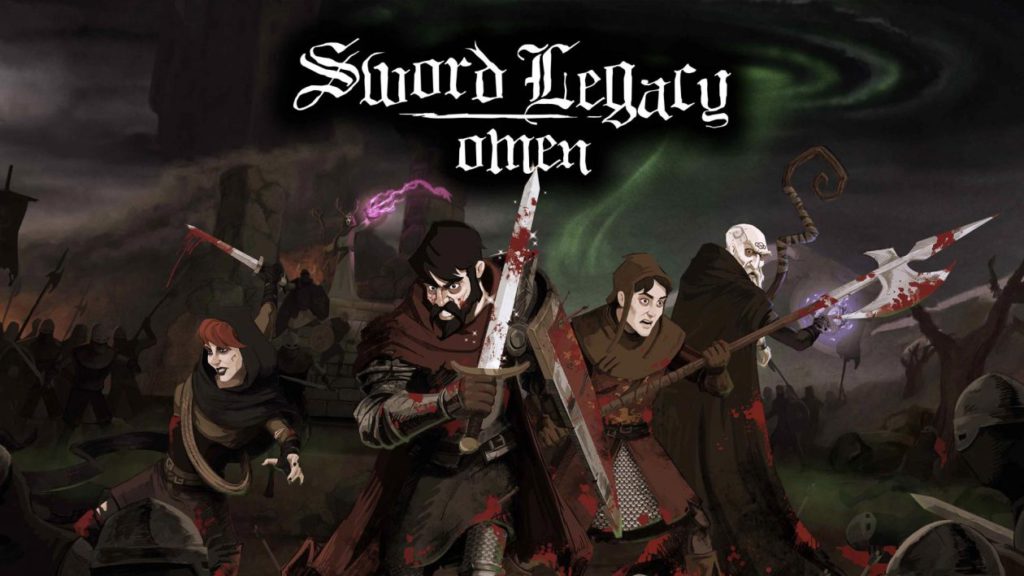
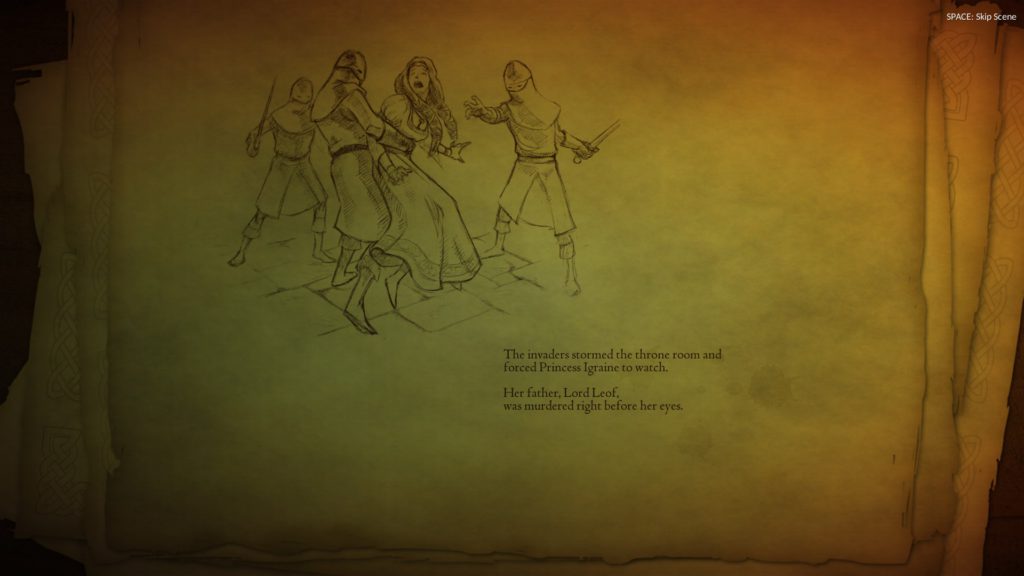
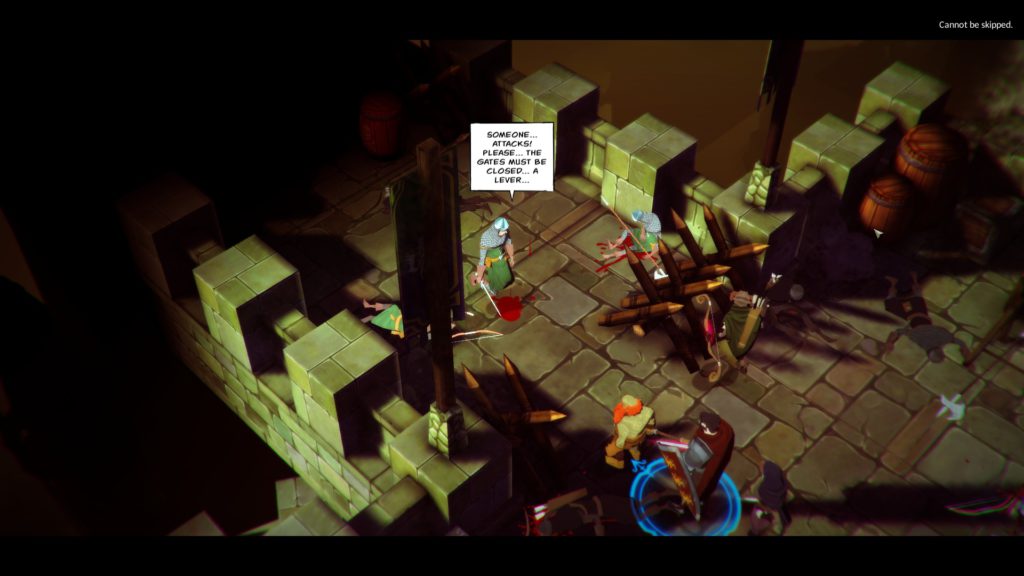
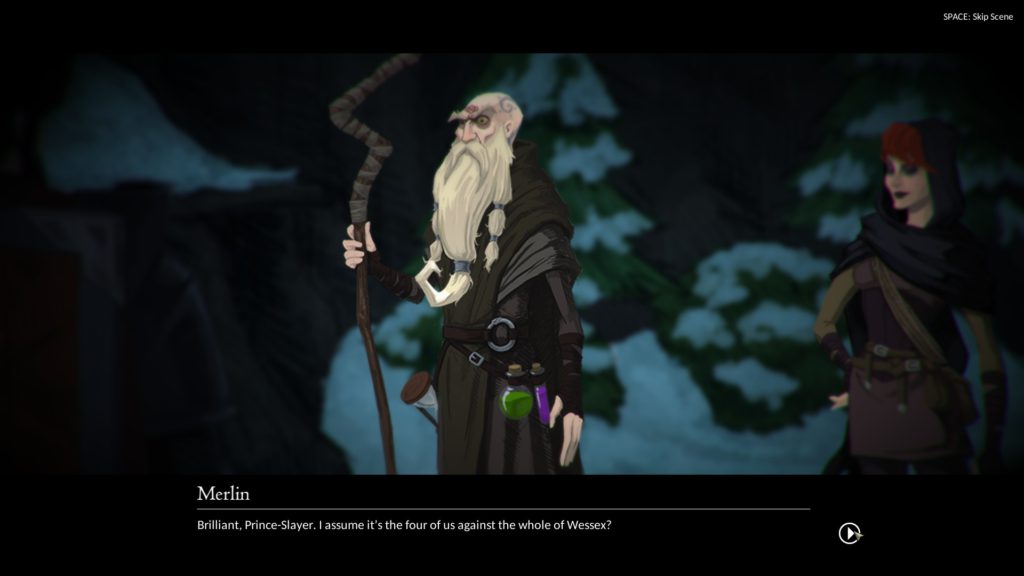
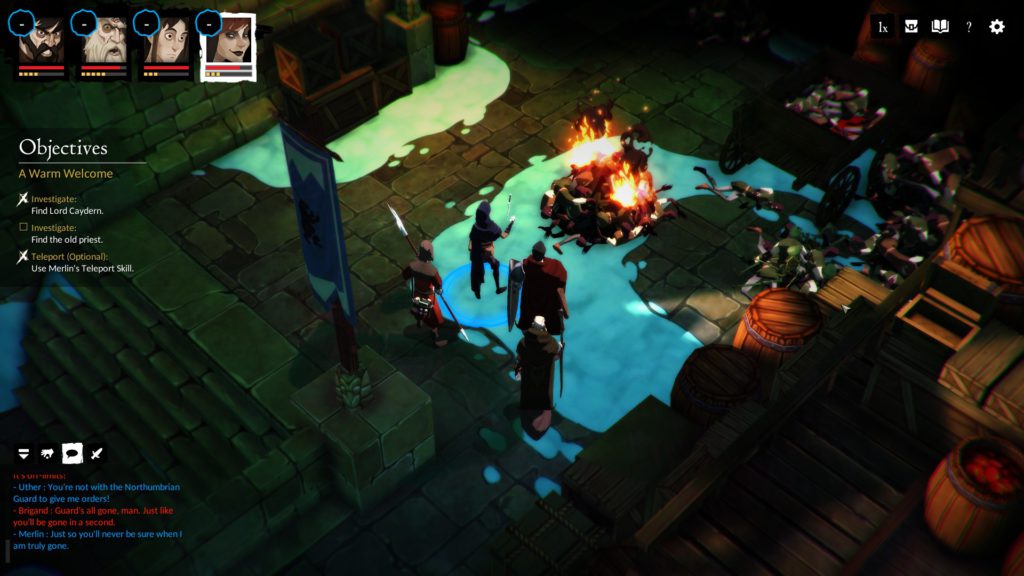
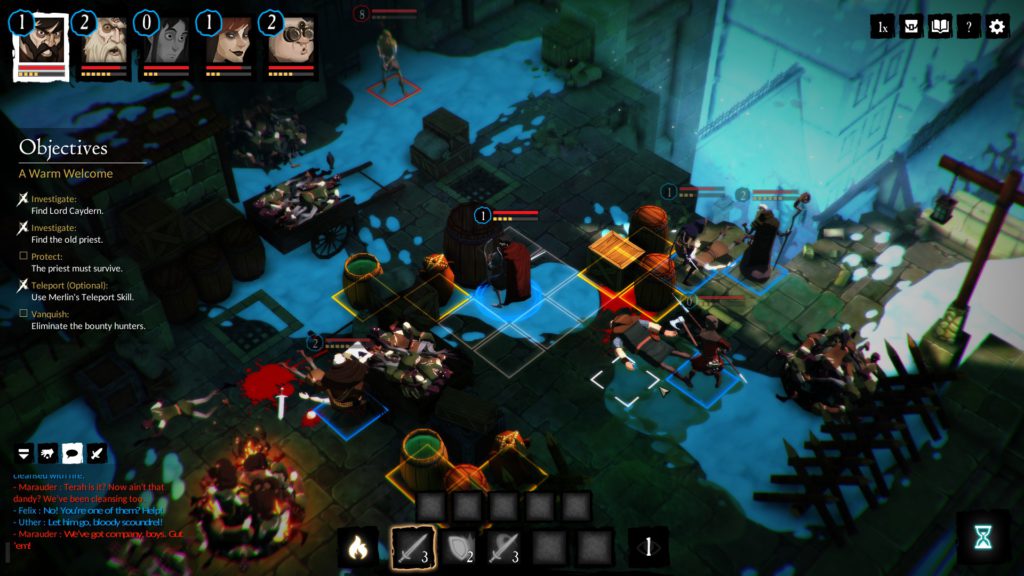
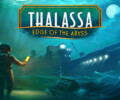
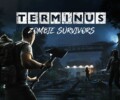


No Comments